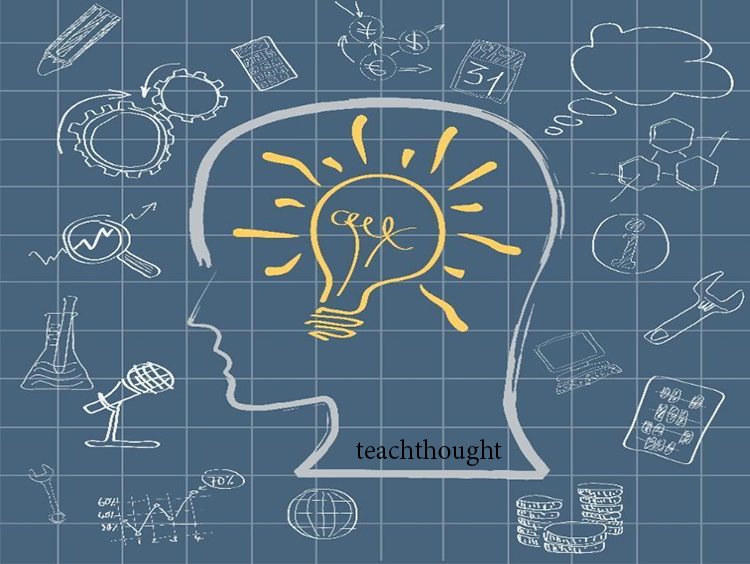 5 Practical Learning Tips Based On How People Do–And Don’t–Learn
5 Practical Learning Tips Based On How People Do–And Don’t–Learn
by Charlie Chung, Class Central
There has been a large body of work in neuroscience, psychology, and related fields offering more and more insight into how we learn.
Below are five of the top tips from Barbara Oakley, Professor of Engineering at Oakland University, who has faced her own learning challenges (failing middle and high school math and science classes), and has made a study of the latest research on learning. She is also offering a free online course, Learning How to Learn, which starts August 1 on the Coursera platform with co-instructor, Prof. Terrence Sejnowski, a computational neuroscientist at UC San Diego and the Salk Institute.
5 Practical Learning Tips Based On Neuroscience
1. Get enough sleep to de-toxify your brain
The advice to get enough sleep before an exam or important performance is age-old, but it is not often accompanied by a strong rationale of why this is important. When we sleep, our brain cells shrink a little, allowing toxins that accumulate in the brain to wash out. Explaining this helps us to put the proper value on getting a good night’s rest.
Of course this will be tough to balance if students are completely unprepared the night before and have to judge when to stop and call it a night. That is where tip #2 can come in.
2. Outwit procrastination with the Pomodoro technique
When we are faced with something that we don’t want to do, e.g. working on a tough math problem, pain centers in our brain will light up, and our initial reaction may be to avoid that feeling, by putting it off. For many of us, that can be a click away on YouTube, with its rich case studies on cat behavior and other engrossing content. But the neuroscience trick is to realize that the initial negative reaction will go away after a short time, so we need to find a way to help get students started.
One method for doing this is the Pomodoro Technique, where you set a 25-minute timer for focused activity and then take a 5-minute break. It feels a lot better to start on something unpleasant when we know it is only for a short, fixed duration. Students can take the same approach during activities that don’t capture their curiosity–slogging their way through the challenges of the writing process, for example.
3. Use spaced repetition to remember key facts
Although the best learning doesn’t consist of memorizing facts, it is clear that remembering facts is an important part of learning. One of the best ways to do this is to variably reinforce facts for students before they forget them through spaced repetition. There are a number of spaced-repetition “systems” (SRS) out there, but the Anki online flashcard system is one of the best, and is completely free. There is also a large library of content teachers and students both can access.
4. Use recall rather than re-reading to see whether you’ve learned the content
Many students re-read a text to try to reinforce the content. Others like to make extensive highlights—but this may be a mistake as it can fool us into thinking we have absorbed something when we haven’t. Instead, it is better to test ourselves: simply look away from the text and see whether you can actively recall the information. This is a better way to see whether we’ve mastered the material, and also better mimics the conditions of a test.
5. Vary learning/studying environment
Research shows that the best recall things in the environment in which content was originally learned (in one experiment, underwater, for example). So perhaps the best way to ensure that you’ve absorbed information well is to study in different environments (at home, in the library, etc.), in order to make your knowledge as robust, and independent of the environment in which you learned it.
Of course there may be good reasons to stick to a certain habit or routine, or place you can be most productive, but don’t be afraid to encourage students to vary their studying routine and environment at times, as it may help to get things to stick.
This article is adapted from a larger article on Class Central; image attribution: copyright puckillustrations / Dollar Photo Buying Club; 5 Practical Learning Tips Based On Neuroscience